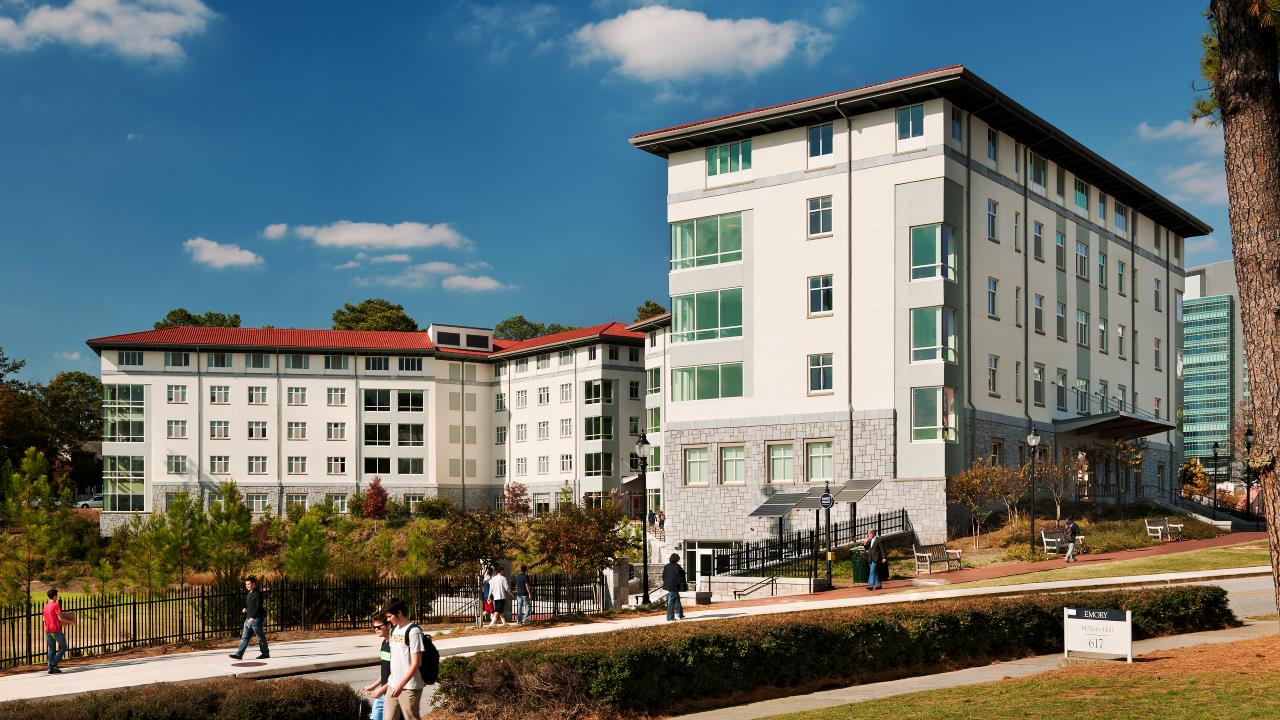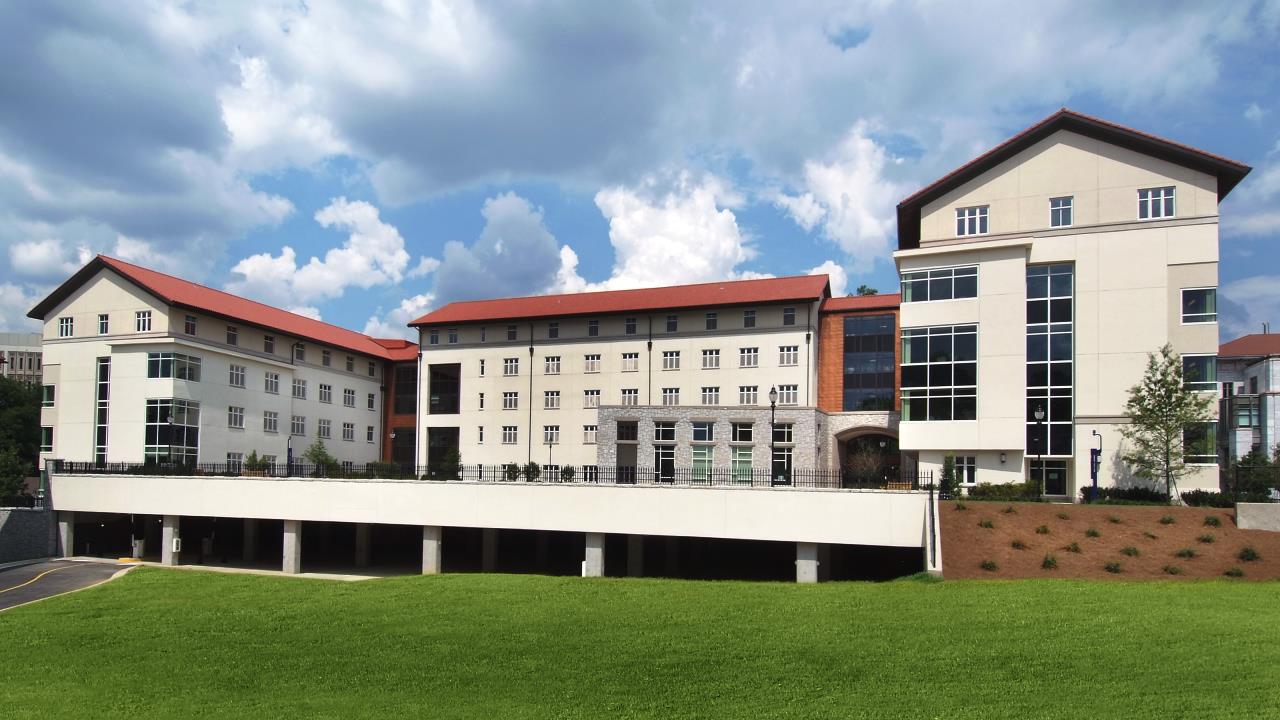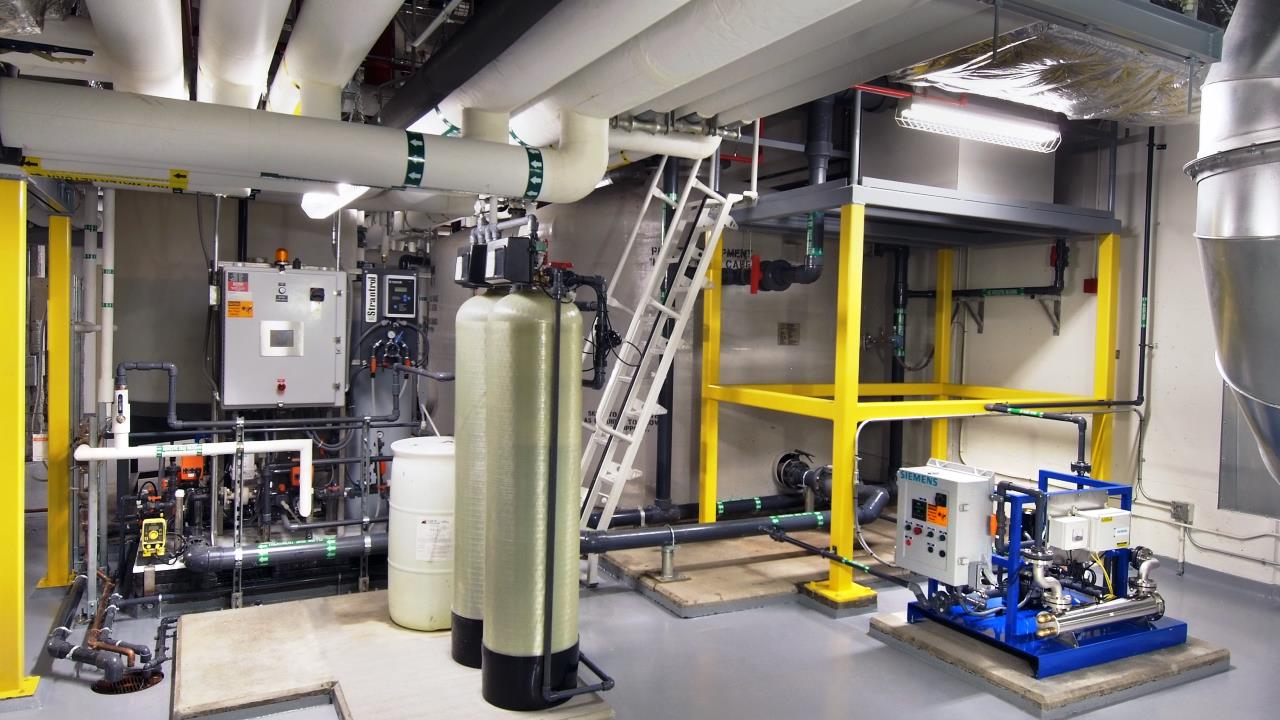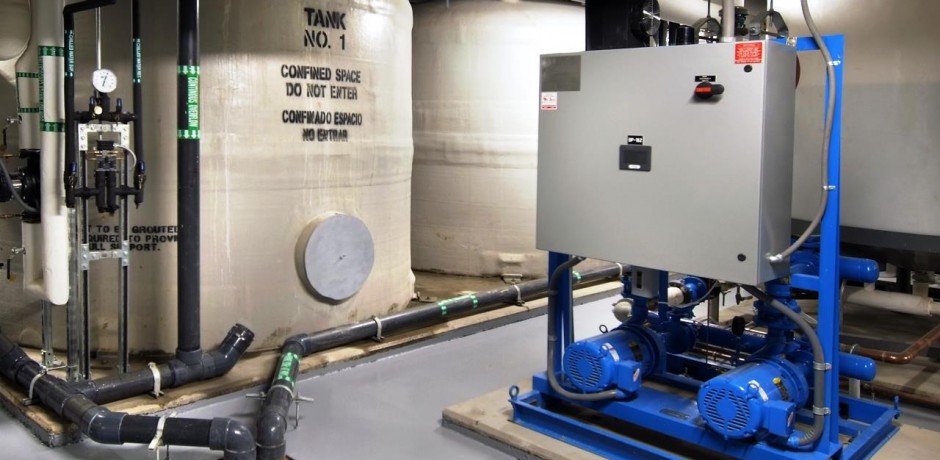Water Conservation and Management
Resource conservation is important to Newcomb & Boyd and our clients’ sustainability goals. We provide innovative solutions for water conservation and management through the design and commissioning of systems that reduce, reuse and recycle. Whenever feasible, we incorporate strategies to harvest, treat and reuse stormwater, wastewater, potable and non-potable water.
Emory University Residence Halls
Few and Evans Halls
At Emory University’s Few and Evans Residence Halls, a 293-bed complex on Emory’s campus in Atlanta, water conservation and management through design, operations and behavioral change has led to a measured use reduction of 75% over a minimally code-compliant building.
The complex’s stormwater reclamation system routes rainwater from the site to a bio-retention pond adjacent to the buildings. The water then filters through specially engineered plants and soils where it is cleaned and ultimately collected in an 89,000 gallon reservoir of underground chambers. Solar power is used to pump the water from the 16,000-gallon cistern connected to the underground reservoir into the building where it is again filtered, treated, and ultimately used as flush water in the water closets. The stormwater reclamation system provides 700,000 gallons of water per year which represents 100% of the water required for toilet flushing.
Combined with other water saving strategies employed, including dual-flush toilets and low-flow shower fixtures, the buildings were designed to use over 50% less potable water than a LEED Baseline building. Furthermore, through education and behavioral change, the measured annual water use reduction has been even higher demonstrating that green building can enact change that is not only good for the environment but also the building occupants. The project achieved LEED Gold Certification.

Longstreet-Means Hall
In the Longstreet-Means Residence Hall, it was determined during design that over 4,000,000 gallons of graywater would be produced annually from showers, sinks, washing machines and dishwashers. In line with Emory’s commitment to water conservation, a graywater reclamation system was designed and installed to collect, filter, chlorinate, dye and redistribute graywater for toilet flushing. In Longstreet-Means, the graywater reclamation system offsets 100% of the projected 826,000 gallon annual toilet flush requirement. Furthermore, the excess graywater collected and treated has been provided to offset the toilet flushing requirements of two adjacent buildings.



